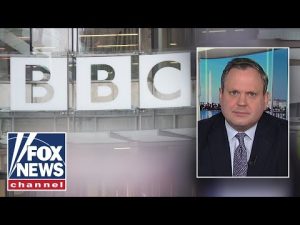New revelations this week show what should trouble every American: investigators and reporters have now linked Thomas Matthew Crooks to a larger online footprint than officials first described, including accounts on art and social platforms that reportedly used they/them pronouns and contained graphic “furry” imagery. These revelations — coming from a mix of mainstream reporting and more partisan outlets — paint the picture of a disturbed young man who was not as invisible online as we were told, and that contradiction demands scrutiny.
Let’s not forget the grim facts of that day: on July 13, 2024, Crooks fired at former President Trump from a rooftop at a rally in Butler, Pennsylvania, killing a bystander and wounding others before he was stopped by the Secret Service. The nation rightly recoiled, and the attack exposed serious failures in protective security that have never been fully resolved.
In the immediate aftermath, FBI officials and other investigators repeatedly described Crooks as having limited online interactions and left the public with the impression he was something of a digital ghost. Major outlets reported that the bureau had found little that indicated a political motive or a broad online network, which shaped public understanding of the case for months.
Now conservative investigators and commentators, including a high-profile video released this month, claim they have unearthed a trove of posts, a linked Google Drive of videos showing weapons practice, and dozens of accounts tied to Crooks — material that appears to contradict the earlier, comforting narrative that he was a lone, offline actor. The FBI’s new rapid-response account has pushed back on accusations that the bureau said Crooks had no footprint, but the back-and-forth only fuels the perception that something was mishandled or obscured.
Director Kash Patel and other bureau officials insist the investigation was exhaustive — hundreds of interviews, analysis of multiple devices, and review of countless files — and maintain the conclusion that Crooks acted alone. Those are serious claims that deserve to be matched with transparent evidence; hardworking Americans aren’t asking for theater, they want raw documents and timelines so we can judge the answers for ourselves.
But questions remain: why were some accounts reportedly deactivated, who removed them, and when? Why did the Secret Service allow a rooftop shot to be planned and executed in the first place, and why did leadership changes and calls for reform follow so slowly? The bureaucratic reflex to cover its tracks rather than come clean breeds the very conspiracy theories that honest agencies should be trying to extinguish.
Patriots should be angry but focused — anger drives the demand for accountability, not unchecked suspicion. Congress should subpoena the digital records, the FBI’s forensic logs, and any communications between agencies about deactivations or evidence handling so we can finally get hard answers instead of press releases and spin. The security of our leaders and the trust of the American people depend on it.
Every life lost to political violence is a wound to our Republic, and every unanswered question about that violence is an invitation for more. If our institutions cannot be transparent when the stakes are this high, then it falls to citizens and their elected representatives to demand the evidence and deliver the reforms that will keep rallies safe and keep the American people informed.







